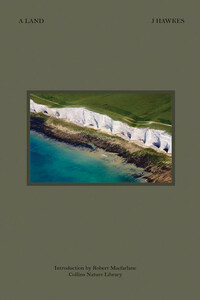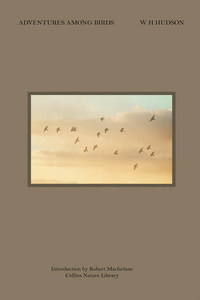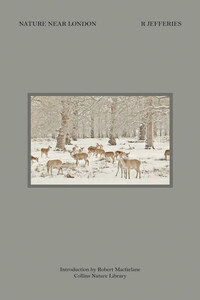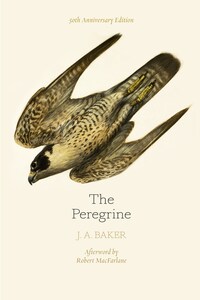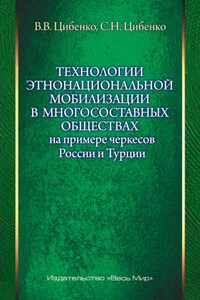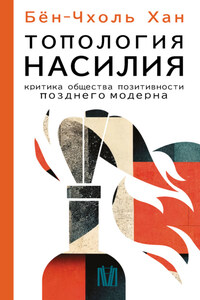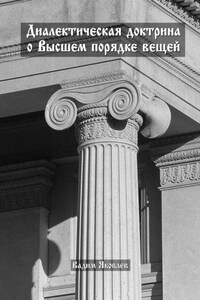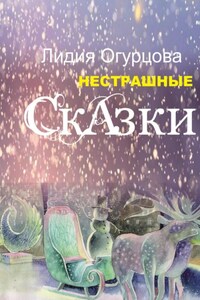Title Page
Preface to 1951 Edition
Introduction
1 Two Themes
2 Creation
3 Recollection
4 An Aside on Consciousness
5 Creation of the Mountain Country
6 Creation of the Lowlands
7 Digression on Rocks, Soils and Men
8 Land and People
9 Land and Machines
10 Prospect of Britain
Appendix: Geological Time-Scale
Maps
Searchable Terms
Collins Nature Library
Other Books by Jacquetta Hawkes
Copyright
About the Publisher
A Land is Jacquetta Hawkes’s seminal work, and a classic piece of British nature writing. It is the history of the shaping of Britain and its people from the first, lifeless pre-Cambrian rocks to the days of the ice-cream carton and the hydrogen bomb.
Hawkes paints a picture of the creation of Britain from the forming of the Earth’s crust, through periods marked by the worlds of rock, water and air, to the emergence of living organisms that sense their surroundings. The worms and trilobites mark the beginning of the story of life that evolves through the great reptiles, dinosaurs and finally humans.
Widely lauded on its publication, this is an exposition of complex science that is not just comprehensible but also moving.
In this book I have used the findings of the two sciences of geology and archaeology for purposes altogether unscientific. I have tried to use them evocatively, and the image I have sought to evoke is of an entity, the land of Britain, in which past and present, nature, man and art appear all in one piece. I see modern men enjoying a unity with trilobites of a nature more deeply significant than anything at present understood in the processes of biological evolution; I see a land as much affected by the creations of its poets and painters as by changes of climate and vegetation.
The nature of this unity cannot be stated, for it remains always just beyond the threshold of intellectual comprehension. It can only be shown as a blurred reflection through hints coming from many directions but always falling short of their objective.
If in A Land I have often recalled my own childhood, it has not been so much from egotism as from a wish to steal that emotion which uses our own early memories for a realization of the most distant past. Certainly, for myself, in recalling the experiences of that remote, unknown child, I find I am being led back far beyond the bounds of personality and of my own life.
Precision in scientific detail is not, perhaps, of great importance for my purposes, but it has been my hope to avoid mistakes of known fact. In this endeavour I have been sympathetically supported by Dr Kenneth Oakley who read my text at an early stage and did all that could be done to save me from geological error. I am also grateful to him and to the British Museum of Natural History for permission to use the chronological table printed at the end of the volume. Again, it was Dr Oakley who advised Maurice Wilson on the content of the maps.
I have been exceptionally fortunate in assembling the pictures which are an intimate part of this book. I was delighted when Henry Moore agreed to do the coloured drawings. Plate 2 may be said to exemplify what I have written about his own work, while Plate 3 is more closely allied with the text. In writing the passage about effigies lurking in the alabaster, I saw so clearly how Henry Moore could render the image that when, afterwards, he showed me his drawing I felt a most curious confusion between my anticipation and his fulfilment of it. I am grateful to Ben Nicholson for allowing me to use his Cornish landscape drawing, never before reproduced. Walter Bird devoted extraordinary enthusiasm as well as skill to his portrait studies of fossils; no woman sitter can ever have been photographed with more flattering admiration. He received every possible help from the staffs of the Natural History and Geological Museums at South Kensington.
For permission to use copyright material, I am indebted to: Messrs Faber and Faber, Ltd., for the extract from Norman Nicholson’s ‘River Duddon’ on page 61, and for the extract from Robert Graves’s verses in The White Goddess on pages 152–3; to Mrs Frieda Lawrence and Messrs William Heinemann, Ltd., for the extract from D. H. Lawrence’s ‘Work’ on pages 156–7; to the Oxford University Press for the extract from Gerard Manley Hopkins’s ‘Pied Beauty’ on page 136; and to Messrs Routledge and Kegan Paul, Ltd., for Sidney Keyes’s poem ‘Wordsworth’ on page 222.
It now remains for me to thank my son Nicolas for the thought and labour he put into the preparation of the Index.
Jacquetta Hawkes
Fitzroy Road,
London, NW1
December 1950
INTRODUCTION
BY ROBERT MACFARLANE
A Land begins with a warning, or perhaps a boast. ‘I have used the findings of the two sciences of geology and archaeology,’ declares Jacquetta Hawkes, ‘for purposes altogether unscientific.’ So – candidly, audaciously – starts her remarkable book, a deep-time dream of four billion years of earth-history, whose ‘purposes’ are to demonstrate that we are all ‘creatures of the land’, substantively produced by the terrain on which we live, and to advance a synthetic cosmogony of consciousness, culture and geology. Passionate and personal, A Land became a bestseller upon publication in May 1951, and remains one of the defining British books of the post-war decade. It reads now, sixty years on, like a missing link in the tradition of British writing about nature and landscape, but also as prophetic of contemporary environmental attitudes and anxieties. It seems both a period piece – as of its year as the Festival of Britain, the Austin A30 and The Goon Show – and Delphically out-of-time in its ecstatic holism. ‘The image I have sought to evoke,’ Hawkes writes – intones – in her preface, ‘is of an entity, the land of Britain, in which past and present, nature, man and art appear all in one piece.’
